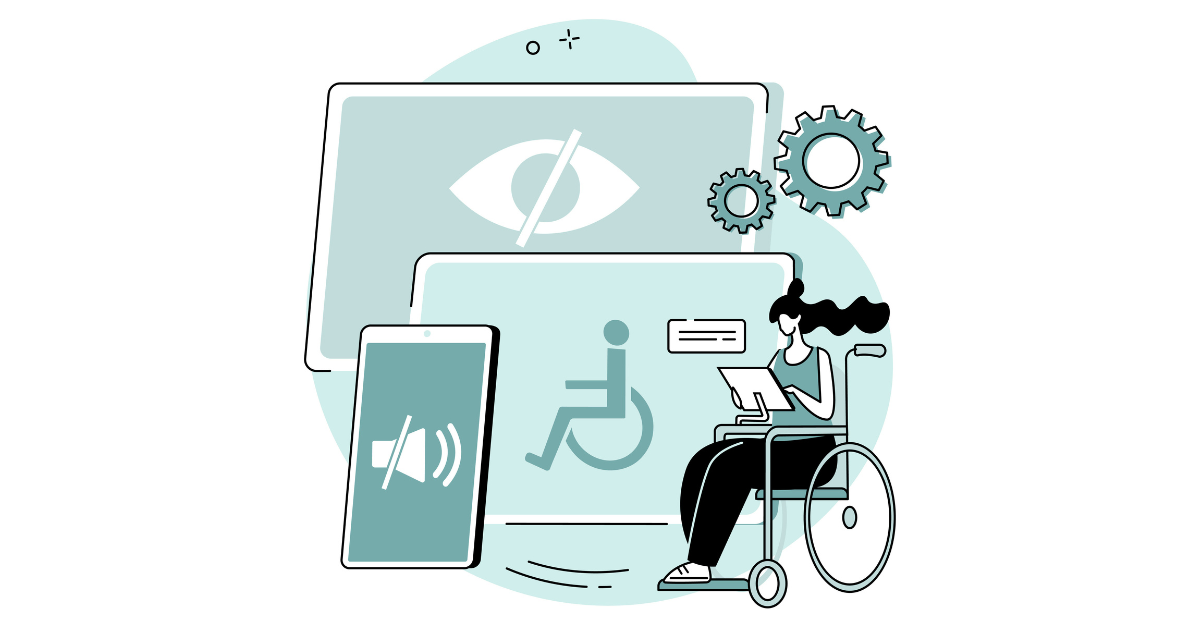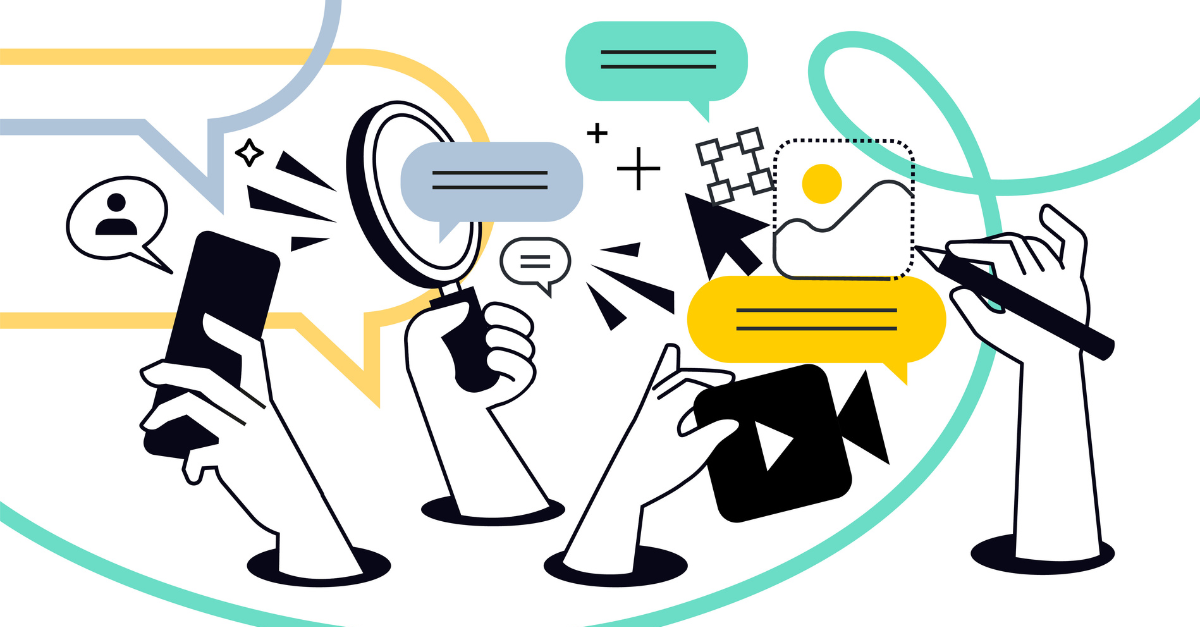An email marketing newsletter is a beautiful thing. Quick and easy to set up, incredibly cost-effective to send, and when done right, hugely profitable compared to other more expensive and complex marketing strategies. But that doesn’t mean that every marketer gets it right.
It’s perhaps because email marketing is so “quick and easy” that many marketing organizations don’t give it the credit it deserves. As a result, they churn out the same old tired email marketing campaigns out of habit rather than part of a strategic plan.
If you recognize this scenario, it’s time to ask: How much more successful could your email newsletters be with a little strategy behind them?
The good news is building a profitable email newsletter strategy isn’t rocket science. By following the simple steps outlined in this blog, you’ll transform your email marketing from something you do out of habit to something you do because it helps you become a better marketer and achieve your objectives.
Creating an Email Newsletter Your Email List Will Look Forward To
A good email marketing newsletter needs to be built from the ground up. The foundation of your email newsletter’s success is based on the quality of your email list. Unfortunately, too many marketers are in possession of lists that have been compiled over many years and need more thought around segmentation and cleansing. This results in untargeted sends, poor engagement, deliverability issues, and spam complaints.
In a perfect world, you’ll have an email marketing objective in mind before you start building a new list and sending out newsletters. This approach will help you set your subscribers’ expectations at the point of registration by carefully highlighting what they will receive in exchange for their email details.
If you are working with an old list, you still have options to make it more focused. You can retrospectively segment your list by researching how your subscribers were initially acquired, or you can start segmenting your lists based on future engagements. With a bit of heavy lifting, these processes can be done manually or more efficiently by employing marketing automation technology like the emfluence Marketing Platform.
However, if you are working with a dated list, it is also important to consider that many of your email addresses will be fatigued and potentially non-responsive. Hitting these old email addresses may damage your sender reputation and make it more difficult for your campaigns to reach your active subscribers’ inboxes. Therefore, it’s essential that you take the time to cleanse your lists regularly and strive to add new contacts as a priority.
Standard Email Newsletter Creation Process
While creating and sending an email newsletter is a relatively simple procedure, there are several steps you’ll need to take first.
Before You Get Started, Understand GDPR and Best Email Practices
Regulations like GDPR, CPRA, CAN-SPAM, CSAL, HIPAA, etc., are all designed to protect consumers against unscrupulous marketers. As such, honest email marketers shouldn’t be afraid of these rules. In fact, it could be argued that these regulations help make us better, more trustworthy marketers.
Many of the rules covered by these regulations look a lot like email marketing best practices. These include:
- A valid opt-in granting permission to send relevant email marketing messages.
- No purchased or otherwise acquired lists.
- An unsubscribe link on every send.
- Business contact details are included on every send.
Determine the Goal of Your Newsletter
The best email newsletters have a clear purpose. You can use them to drive subscribers back to your website by highlighting the latest content confirming your position as a thought leader in your industry. Alternatively, you can highlight new products or services to generate repeat purchases and enhance Customer Lifetime Value (CLV). Regardless of the purpose of your newsletter, it always needs to be relevant to your subscribers’ needs. The moment an email subscriber becomes disconnected from your message is the moment it becomes more difficult to win any future engagement, regardless of how good your future campaigns are.
Identify How Your Newsletter Fits into Your Customer Journey
There are multiple stages in every customer journey where an email marketing newsletter makes a lot of sense. It could be at the very start of the relationship when your customer is in the discovery stage and researching various products, services, and organizations. It may be after a sale when you are looking to offer upsell opportunities to increase your CLV. Or it might be an opportunity to highlight product/service updates and remind your subscribers why your offer is better than the competition. Regardless of where your email newsletter fits into your customer journey, your subscribers must receive the right message at the right time.
Come to a Consensus on Your Strategy
Email marketing isn’t a “standalone” strategy. Your email marketing campaigns should be built in cooperation with your content marketing, social media, paid search, and SEO efforts. When you break various marketing channels out of their silos—everything becomes more efficient, effective, and profitable.
Create a Newsletter Design Template and Customize it to Your Brand
A good newsletter template will help your brand stand out in the inbox while making it simple to create additional campaigns. Because most emails are opened today on mobile devices, your design should be clean, simple, and “fat finger friendly” to encourage greater engagement.
Create Automated Email Flows
This could be a simple drip campaign following an email subscription or a highly sophisticated marketing automation strategy based on how your subscribers engage with your email campaigns, website content, and social media activities. This strategy is an excellent opportunity to create content that continues to work for you long after its creation. Remember, as long as your content is relevant, it will always look fresh in the eyes of someone who has never seen it before.
Set Your Email Newsletter Delivery Schedule
The days of sending a single email marketing newsletter to your entire list on the second Tuesday of the month at 11 a.m. are long over. The best time to send a newsletter is when you have something to say, and your individual subscribers are most engaged. Marketing automation technology is a game changer, helping you send the right message to the right person at the right time.
Build Your Email List Through Your Website and Social Media Platforms
Take every opportunity to collect new subscribers. Email addresses can have a limited shelf-life as people change jobs or service providers. Your email subscription forms should be front and center on your website and highlight all the benefits of joining your list.
Launch Your Newsletter Campaign
Don’t wait until your email list has reached a specific number of subscribers to start sending emails. Every subscriber is a potential customer seeking to do business with you. If you ignore them, there is every chance your competitors will pick up the slack.
Collect Email Newsletter Campaign Data and Analyze
Treat every day as a school day. Learn from your campaign successes and failures and adapt future campaigns accordingly. Don’t forget to test new strategies. A test never fails if you learn from the experience.
How emfluence Can Help
The email marketing team at emfluence can help at any stage of your email marketing journey. Whether you need help building GDPR compliant lists, creating stunning email marketing templates, writing creative email marketing copy, generating highly sophisticated marketing automation workflows, or analyzing your success, we have the expertise, technology, and resources to help you reach your objectives.
To learn how to develop a winning email newsletter strategy with emfluence, contact us today at expert@emfluence.com.



